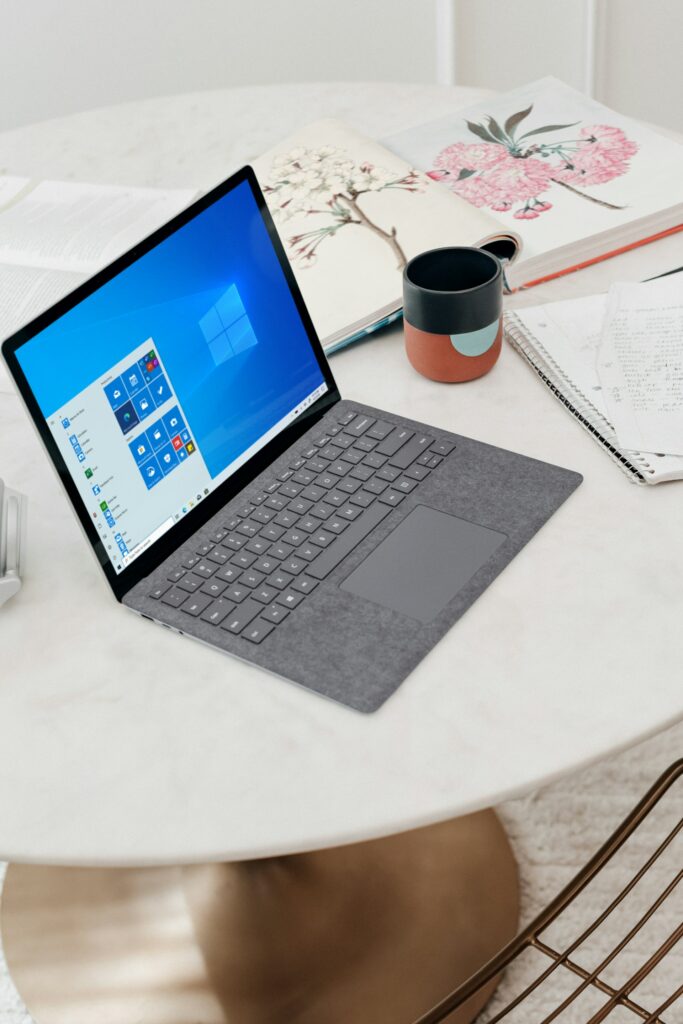Accessibility features in Windows that boost productivity for both individuals and organizations

Accessibility features in Windows that boost productivity for both individuals and organizations
Accessibility features in Windows are intended to provide assistance to those who have impairments; nevertheless, many of these capabilities may also assist anybody in working more quickly, more comfortably, and more effectively. Users have the ability to uncover hidden features that boost attention, decrease tension, and expedite everyday chores if they consider accessibility as a collection of productivity enhancers.
In addition to being a screen reader, the narrator
One of the built-in screen readers that comes with Windows is called Narrator. Its primary purpose is to assist users who have visual problems; however, it also serves as a productivity enhancer by delivering voiced feedback when the user is multitasking. For example, it can read emails or papers out loud as you take notes, which will save you time and reduce eye fatigue all at the same time.
Magnifier: zoom mode for more detailed work
Magnifier was first designed to help people with limited vision, but it is also useful for designers, developers, and editors who need to examine tiny text details or small user interface elements. Magnifier enlarges areas of the screen. It is a flexible tool for precise work since it allows for docked or lens views in addition to full-screen zooming capabilities.
Eliminating eye strain with the use of high contrast and color filters
In addition to assisting users who have difficulties with their eyesight, high contrast themes and color filters also make material more readable even when used for extended periods of time. It is possible to decrease visual clutter and eye strain by using color filters such as grayscale or inverted mode. High contrast themes are helpful in situations that are either dark or bright, which may make it difficult to read.
Helping you concentrate by preventing distractions
The alerts that are shown during work or gaming sessions are automatically turned off by Focus Assist. It is equally as useful for professionals who need significant concentration on work, despite the fact that it was meant to reduce disruptions for those who find alerts to be overwhelming. As a result of its customizable schedules and priority lists, it is adaptable to a variety of processes.
Typing by voice allows for speedier input for everyone.
Speech recognition is used to enable the built-in voice typing feature that comes with Windows. Not only is it a vital tool for people who have mobility restrictions, but it also serves as a hands-free productivity tool. Writing lengthy papers, emails, or notes via dictation may be more efficient than typing them, particularly when editing instructions are included in the process.
Controlling speech means navigating without using a keyboard.
Voice commands in Windows enable users to interact with the system without the need for a keyboard or mouse by allowing them to start applications, switch windows, and more. This allows you to manage your personal computer even while your hands are full, which is beneficial for tasks such as giving presentations, doing research, or multitasking across many devices.
The use of Sticky Keys and Keyboard Shortcuts allows for more efficient navigation.
The Sticky Keys application, which was developed for users who have difficulties hitting numerous keys at the same time, might be of use to those who utilize shortcuts regularly. It eliminates the need to hit several key combinations at the same time, which results in more streamlined workflows for shortcuts. When used in conjunction with the extensive collection of shortcuts that come pre-installed with Windows, it has the potential to reduce the number of repeated motions.
Vision-based navigation: the future of navigation
Users are able to move the mouse and type with only their eyes thanks to the eye-tracking technology that is used by Windows Eye move. Accessibility was the primary motivation for its development; nonetheless, it also offers a new frontier in hands-free computing, which may be beneficial in situations when input by touch or keyboard is not feasible.
Live captions are transcriptions of sounds in real time.
Live Captions are able to convert any audio that is being played on your personal computer into text that appears on the screen. It is essential accessibility for those who have issues hearing, but it also means that you can follow along in loud surroundings, take notes from recorded material more quickly, and keep track of webinars without missing any information. All of these things contribute to increased productivity.
Read with whole concentration on the text.
Immersive Reader is a feature that may be found in Microsoft Edge and some Other Office applications. It eliminates distractions, magnifies text, and reads it out loud. Everyone who wishes to speed-read articles, simplify research, or eliminate distractions while studying lengthy texts may benefit from it. It is helpful for those who have dyslexia or concentration issues, but it is also beneficial to anybody else.
Optimal control with the use of mouse keys and pointer options
This feature, which was initially designed for those who have difficulty using a mouse, enables users to move the cursor by using the numeric keypad. In the event that a mouse fails to function properly or while working on computers in confined locations, it may also act as a backup. The settings for the speed and visibility of the pointer improve control and lessen strain when used for a long period of time.
The On-Screen Keyboard allows for backup and other tasks.
The On-Screen Keyboard allows for complete keyboard input without the need for additional hardware. For accessibility, it is essential; but, it may also serve as a backup tool in the event that hardware keyboards fail, or it can be a rapid alternative for touch devices. Additionally, it offers predictive text, which allows for quick typing.
shortcuts for accessibility and toggles that toggle quickly
Windows organizes a large number of accessibility capabilities in a centralized location, which may be accessed using the Action Center’s fast toggles under Settings > Accessibility. By learning these shortcuts, you will be able to use features such as Magnifier, Narrator, or Focus Assist more quickly, which will save you time and reduce the number of disruptions to your productivity.
Increasing productivity via inclusiveness
To ensure that every Windows user is able to reap the benefits of accessibility tools, it is necessary to reframe them as universal productivity enhancers. Voice typing, Focus Assist, and Immersive Reader are examples of features that are not only necessary for accessibility but also useful for improving day-to-day productivity. The true strength resides in the ability to personalize these tools to meet your particular workflow, therefore producing a computer experience that is more comfortable, free of distractions, and productive.




